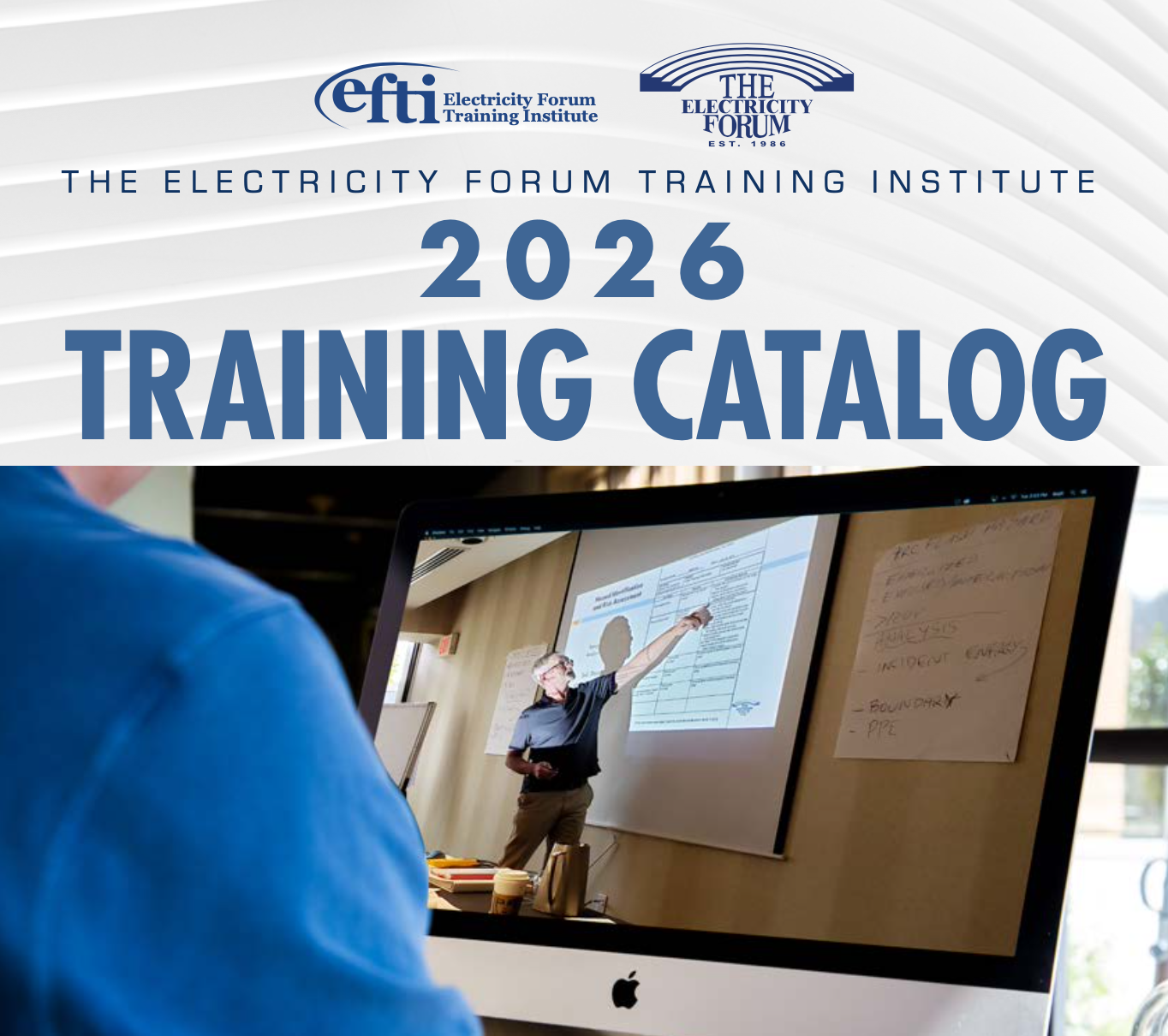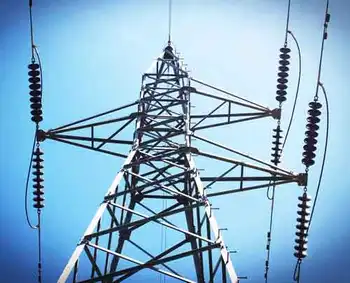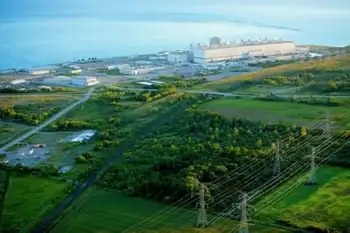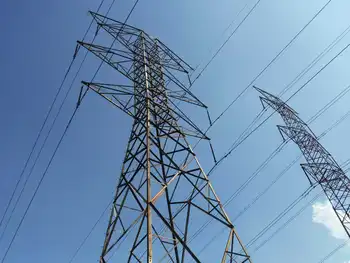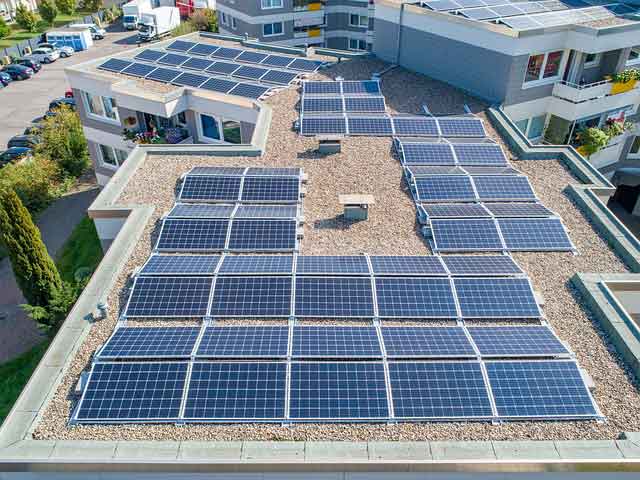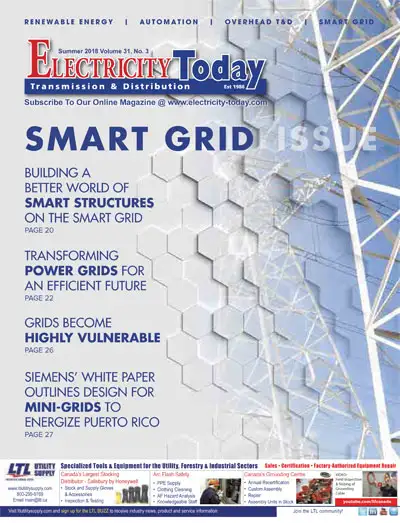The Innovative Solution Bringing Electricity To Crisis Stricken Areas
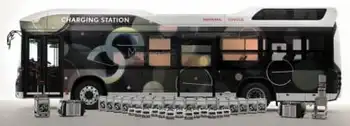
CSA Z462 Arc Flash Training - Electrical Safety Essentials
Our customized live online or in‑person group training can be delivered to your staff at your location.

- Live Online
- 6 hours Instructor-led
- Group Training Available
Toyota and Honda Moving e delivers hydrogen backup power via a fuel cell bus, portable batteries, and power exporters for disaster relief, emergency electricity, and grid outage support near charging stations and microgrids.
Key Points
A hydrogen mobile power system using a fuel cell bus and batteries to supply emergency electricity during disasters.
✅ Fuel cell bus outputs up to 18 kW, 454 kWh capacity
✅ Portable batteries and power exporter deliver site power
✅ Supports disaster relief near hydrogen charging stations
Without the uninterrupted supply of power and electricity, modern economies would be unable to function. A blackout can impact everything from transport to health care, communication, and even water supplies, as seen in a near-blackout in Japan that strained the grid. It is one of the key security concerns for every government on earth, a point underscored by Fatih Birol on electricity options during the pandemic, and the growth in the market for backup power reflects that fact. In 2018, the global Backup Power market was $14.9 billion and is expected to reach $22 billion by the end of 2025, growing at a CAGR of 5.0 percent between 2019 and 2025.
It is against this backdrop that Toyota and Honda have come up with a new and innovative solution to providing electricity during disasters. The two transport giants have launched a mobile power generation system that consists of a fuel cell bus that can carry a large amount of hydrogen, aligned with Japan's hydrogen energy system efforts underway, portable external power output devices, and portable batteries to disaster zones. The system, which is called ‘Moving e’ includes Toyota’s charging station fuel cell bus, Honda’s power exporter 9000 portable external power output device, two types of Honda’s portable batteries, and a Honda Mobile Power Pack Charge & Supply Concept charger/discharger for MPP.
In simple terms, the bus would drive to a disaster zone, and while other approaches such as gravity energy storage are advancing, the portable batteries and power output devices would be used to extract electricity from the fuel cell bus and provide it wherever it is needed. The bus itself can generate 454kWh and has a maximum output of 18kW. That is more than enough energy to supply electricity for large indoor areas such as an evacuation area. The bus is also fitted with space for people to nap or rest during a disaster.
The two companies plan to test the effectiveness of the Moving e at multiple municipalities and businesses. These locations will have to be within 100km of a hydrogen station that is capable of refueling the bus. If the bus has to drive 200km, then its electricity supply to the disaster zone would drop from 490kwh to 240kWh. While there aren’t currently enough hydrogen stations to make this a realistic scenario for all disaster zones, especially as countries push for hydrogen-ready power plants in Germany and related infrastructure, hydrogen is growing increasingly competitive with gasoline and diesel.
While gas generators are still considered more reliable and generally cheaper than backup batteries for home use, cleaner backup power is growing increasingly popular, and novel storage like power-to-gas in Europe is also advancing across grids. This latest development by Toyota and Honda is another step forward for the battery and fuel cell industry, with initiatives like PEM hydrogen R&D in China accelerating progress, – especially considering the meteoric rise of hydrogen energy in recent years.

